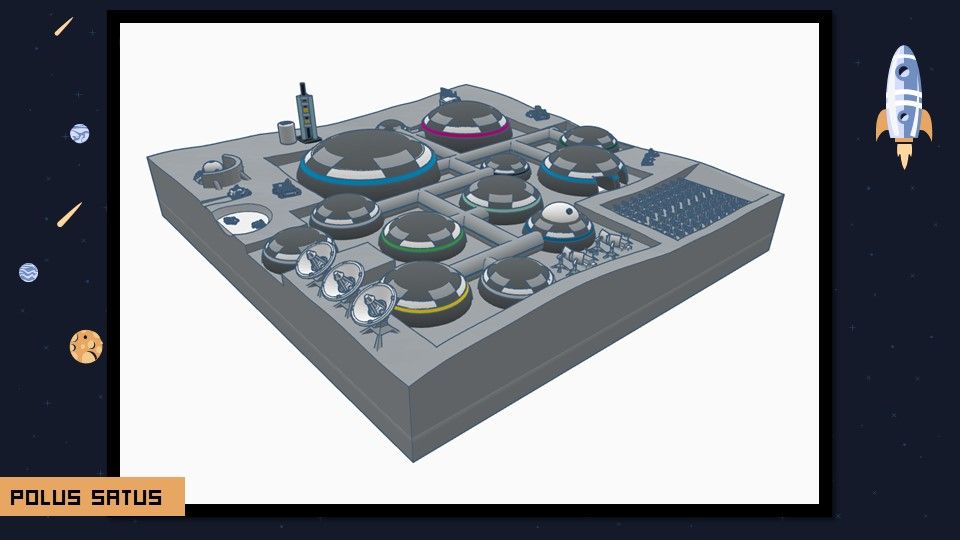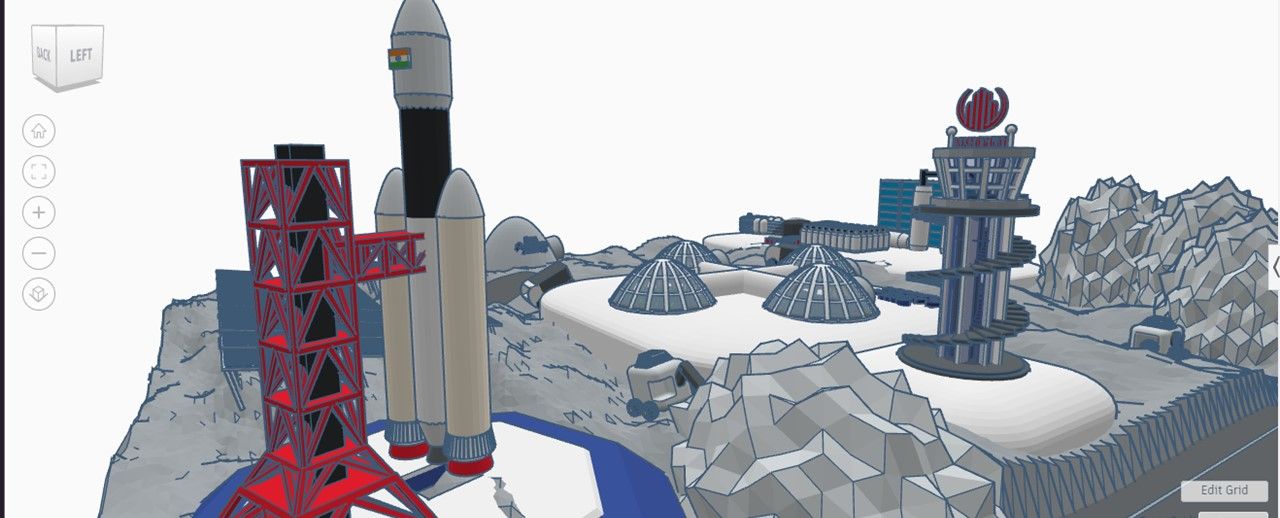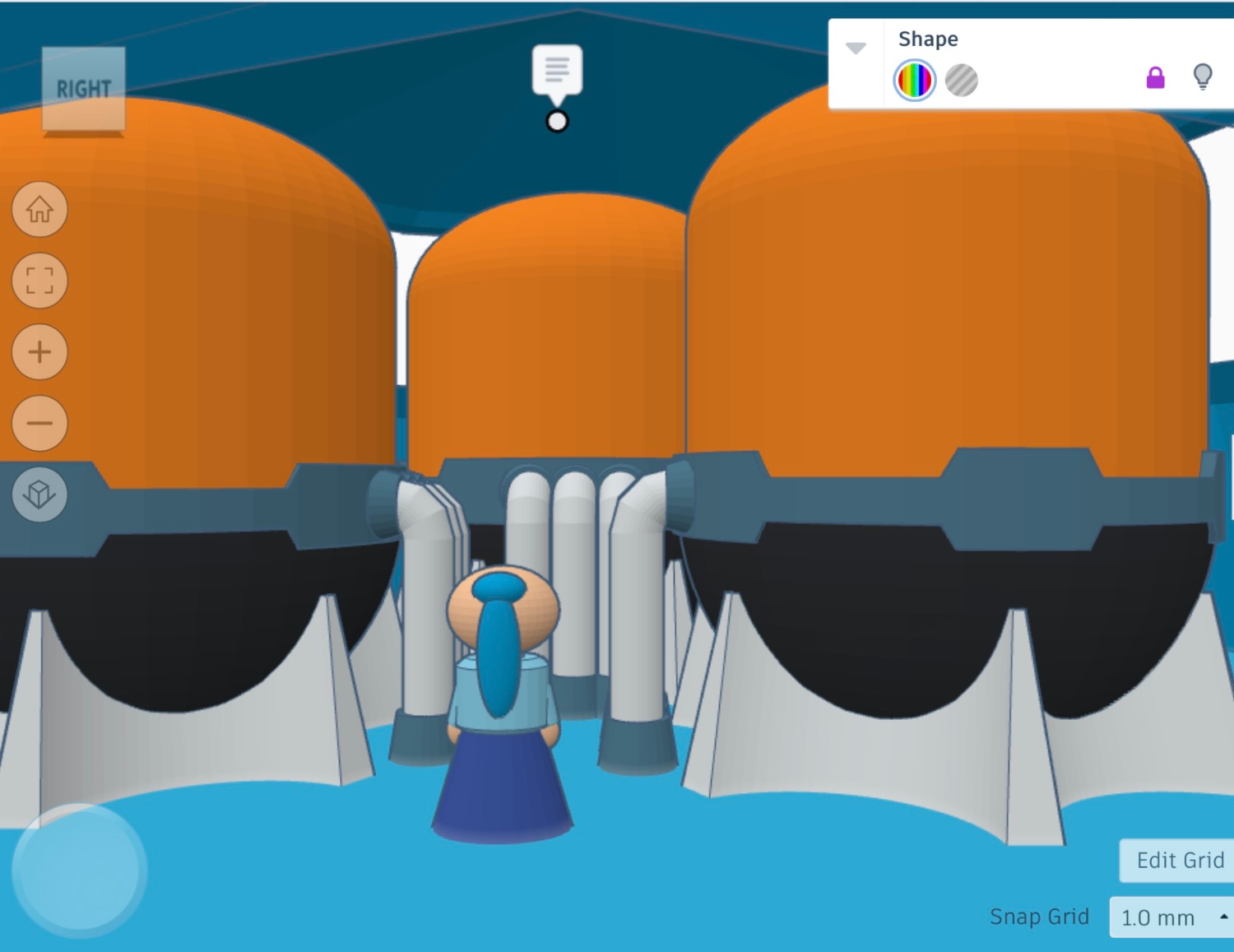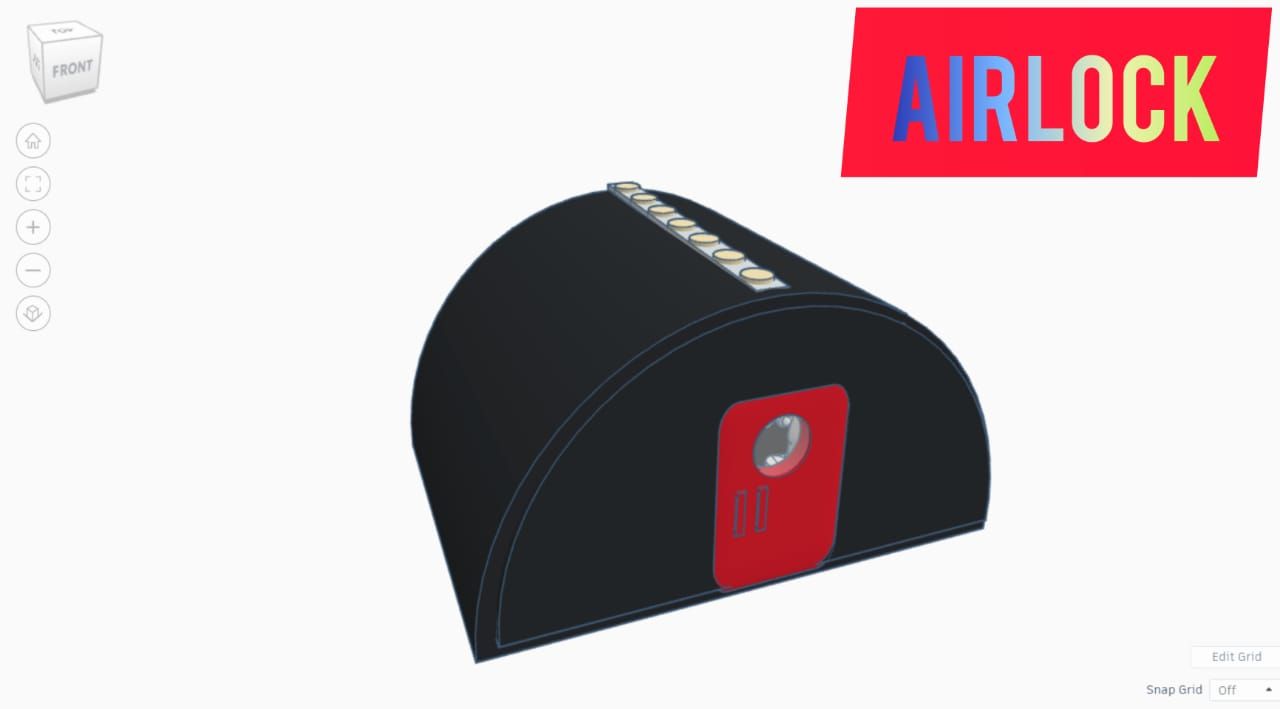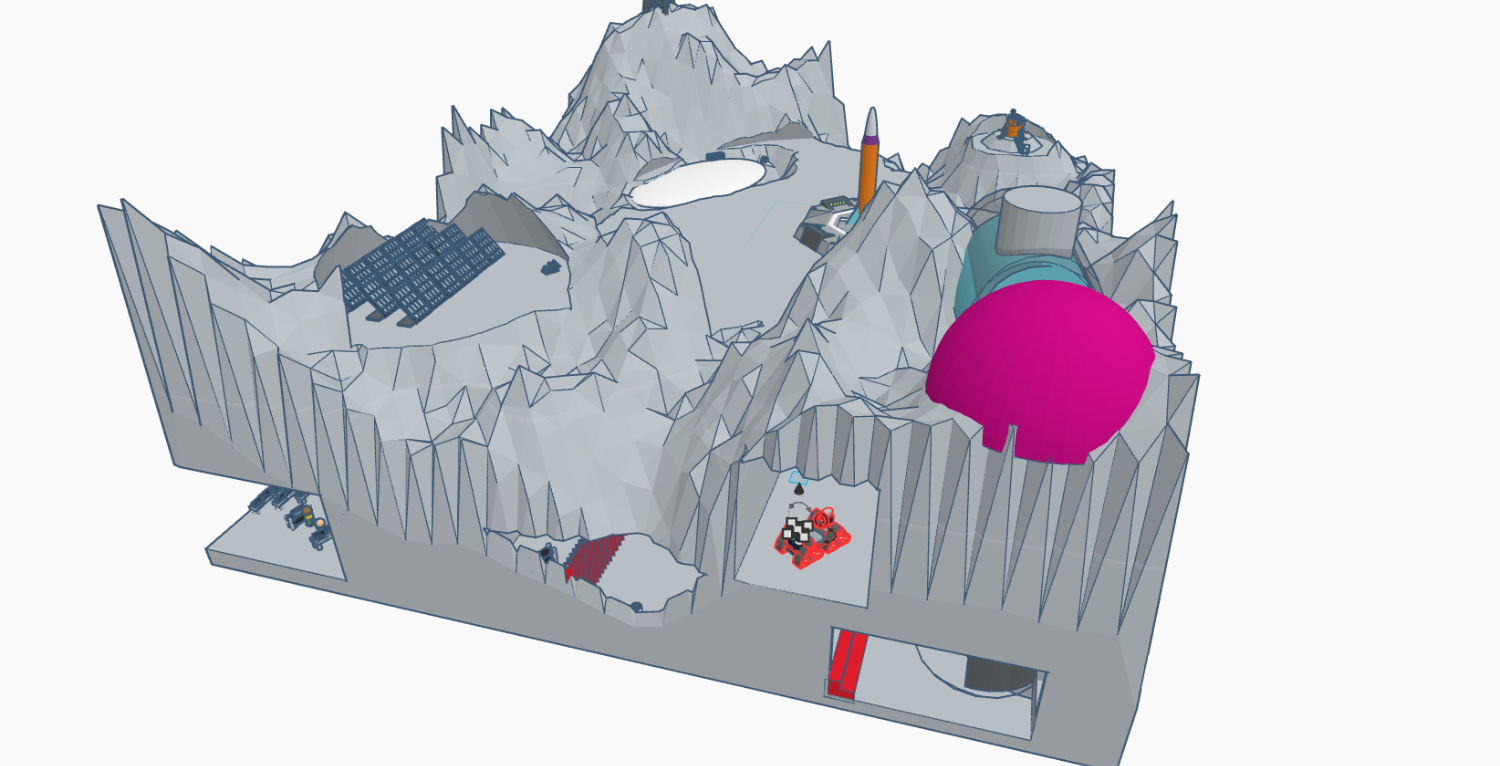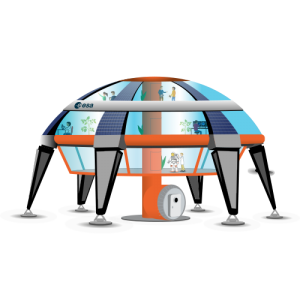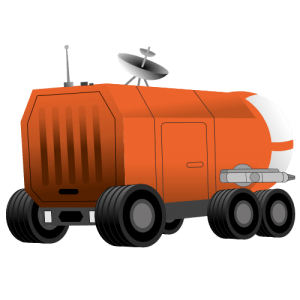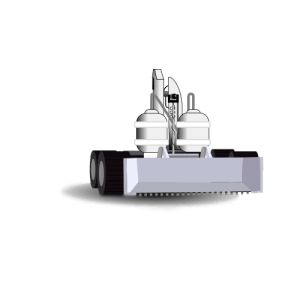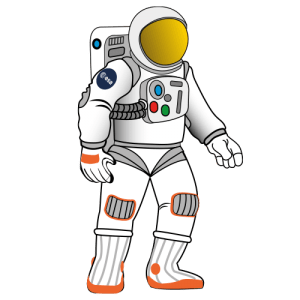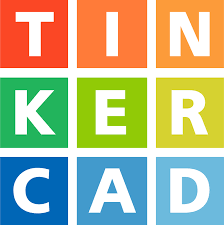



请点击此链接,参加当前的《中国青年报》。 Moon Camp Explorers.
获奖项目 Moon Camp Explorers 2021-2022年
更多项目请访问 Moon Camp Explorers项目画廊.
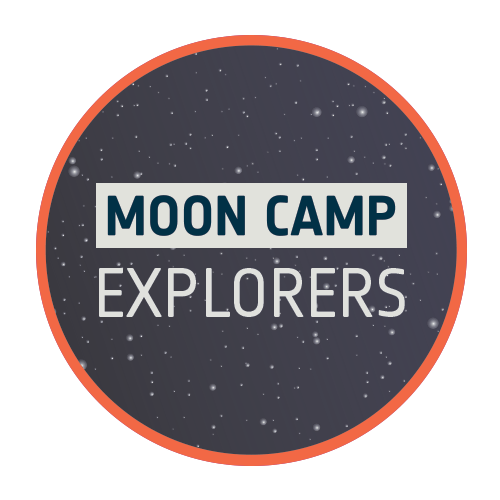
关于Moon Camp Explorers
Moon Camp Challenge邀请学生成为月球探索者,并解读未来宇航员可能面临的一些复杂情况。
在未来,为了使宇航员能够在月球上停留很长时间,必须开发新的基础设施来克服重要的挑战。这些挑战包括防止辐射和陨石,能源生产,水的提取和回收,食品生产等等。
在Moon Camp Explorers中,每个团队的任务是设计一个3D月球营,能够容纳至少2名宇航员,并使他们免受太空危险和真空的影响。各小组还必须提交一份关于他们项目的报告。
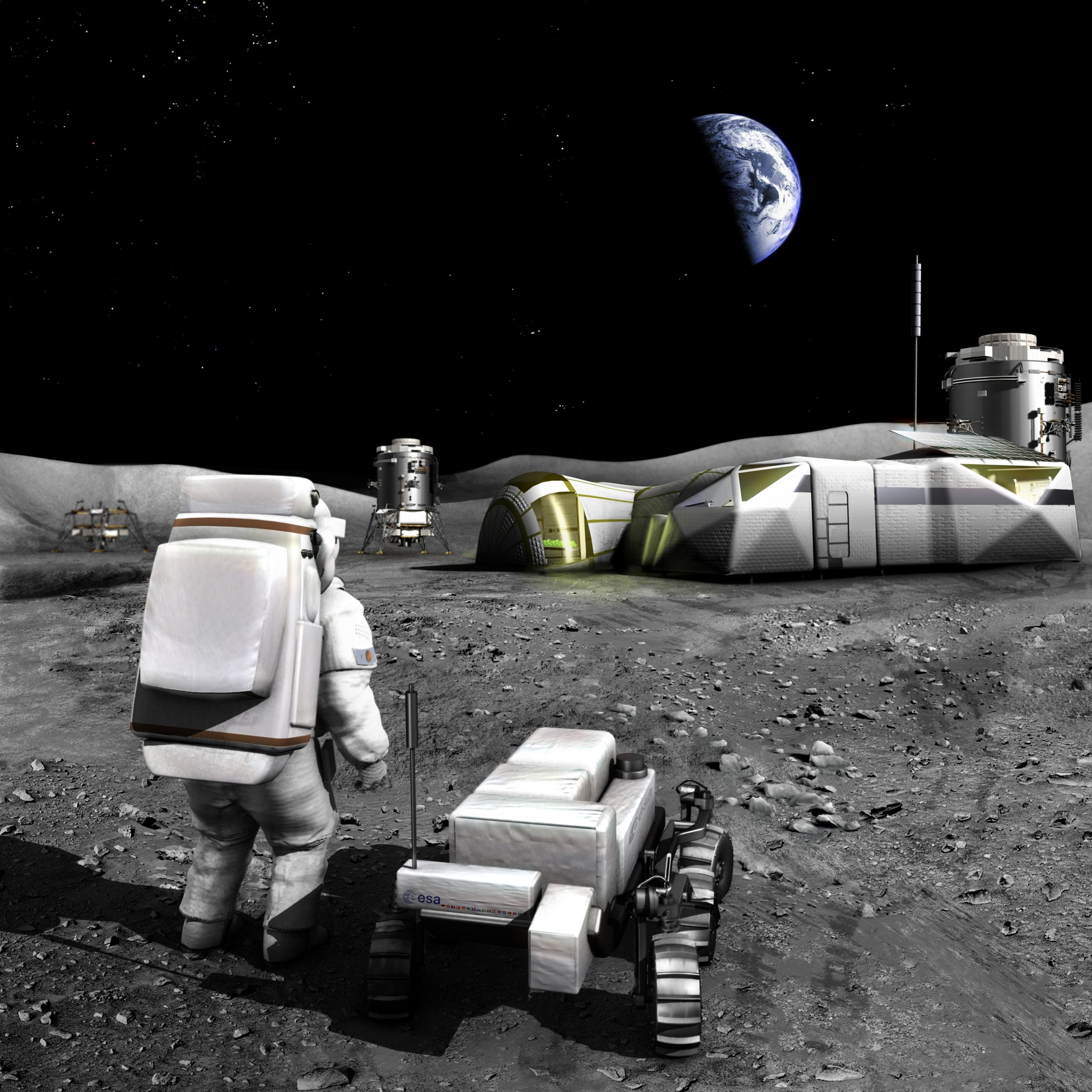 概述
概述
各小组将开发一些跨学科的科学实验,探索太空的极端环境,了解宇航员如何在月球上生活。之后,他们将使用Tinkercad三维设计他们的月球营地,并写一份报告解释他们的项目。
他们的设计应适应月球环境,利用当地资源,为宇航员提供保护和/或生活和工作设施。参赛团队将争夺Moon Camp Explorers最佳项目奖。
月亮营应包括。
利用当地资源(如月球土壤、水冰)。
技术解决方案(如电源、回收系统、食品生长室)。
保护(防止陨石和辐射)
至少为2名宇航员提供生活和工作设施。
时间轴
挑战赛的报名时间为2021年9月15日至2022年4月21日。
谁可以参加?
要参加Moon Camp Explorers,团队应该由2至6名学生组成,并且必须由一名教师或教育工作者支持。该项目必须由教师或教育工作者提交。
Moon Camp Explorers在全球范围内*开放给14岁以下(包括14岁)的学生团队参加。
参加过Moon Camp Discovery的团队也可以向Moon Camp Explorers提交项目。
一个学校或俱乐部可以参加的团队数量没有限制,但每个学生只能参加一个团队,每个团队只能提交一份作品。
*更多细节
- 团队成员中至少有50%必须是欧空局成员国、斯洛文尼亚、加拿大、立陶宛或拉脱维亚的公民。
- 每个团队成员必须是。
- 在位于欧空局成员国、斯洛文尼亚或加拿大、立陶宛或拉脱维亚的全日制小学或中学就读
- 或者,在家里接受教育(由国家教育部或欧共体成员国、斯洛文尼亚、加拿大、立陶宛或拉脱维亚的授权机构认证)。
- 或者,是一个俱乐部或课后小组的成员,如科学俱乐部、童子军或类似的组织。
* 2021年的欧空局成员国。奥地利、比利时、捷克共和国、丹麦、爱沙尼亚、芬兰、法国、德国、希腊、匈牙利、爱尔兰、意大利、卢森堡、荷兰、挪威、波兰、葡萄牙、罗马尼亚、西班牙、瑞典、瑞士和英国。
评价
由欧空局、空客基金会和欧特克公司专家组成的评审团将根据提交的设计和报告的质量来选择获胜团队。设计应适应月球环境并具有可行性,利用自然特征。报告必须解释设计选择和Moon camp的整体宜居性和功能。各小组应包括他们对所提出的选择的科学推理。
创新、创造和发明能力(25%)。 这种新的设计在 "推陈出新 "和提高用户体验方面做得如何?
软件技能(25%)。 学生的设计在技术要求的基础上如何体现技术能力和设计质量?
适用性(25%)。 事实证明,该设计在提供功能性月球营的目的上有多大用处和适合?
在线表格(25%)。 报告对Moon camp的设计选择和整体宜居性的理由解释得如何?
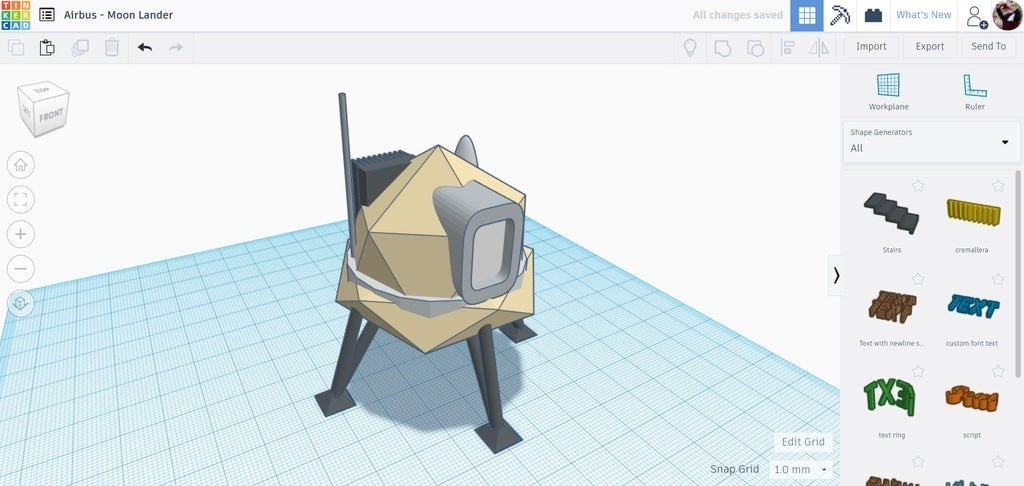 如何提交项目?
如何提交项目?
1. 团队的三维模型必须完全使用Autodesk® Tinkercad™创建。用其他软件程序创建的作品将不被接受。
2. 项目必须提交给月亮营的在线平台。 网上平台.截止日期为2022年4月21日。
3. 通过提交项目,参与者同意他们的项目将在月球营平台上分享。参与者接受欧空局教育部门和合作伙伴有权将项目的全部或部分内容用于推广和教育目的。
4. 提交的材料必须包括。
解释项目和设计的团队报告,用英文书写。该报告应遵循所提供的模板。
至少有一张3D模型的屏幕截图,格式为.JPG或.PNG。
的 公共 链接 到Tinkercad项目,有一个 署名-相同方式共享3.0(CC-BY-SA 3.0)许可证.
5. 每个团队必须对设计的所有单个部件进行建模。不允许将现有的CAD数据导入设计中,但由Autodesk、ESA或空客基金会提供的任何文件除外。
6. 该团队必须是该项目和提交给Moon Camp Challenge的所有材料的唯一作者/所有者。由第三方赞助或资助的项目不得使用。任何第三方(包括你的学校或项目赞助商)都不应该对你提交的材料有任何权利。
7. 欧空局和空客基金会有权自行决定取消不符合准则的提交材料,或含有被认为不适当或不适合受众的信息。
资源库
[PFG id=20777]





